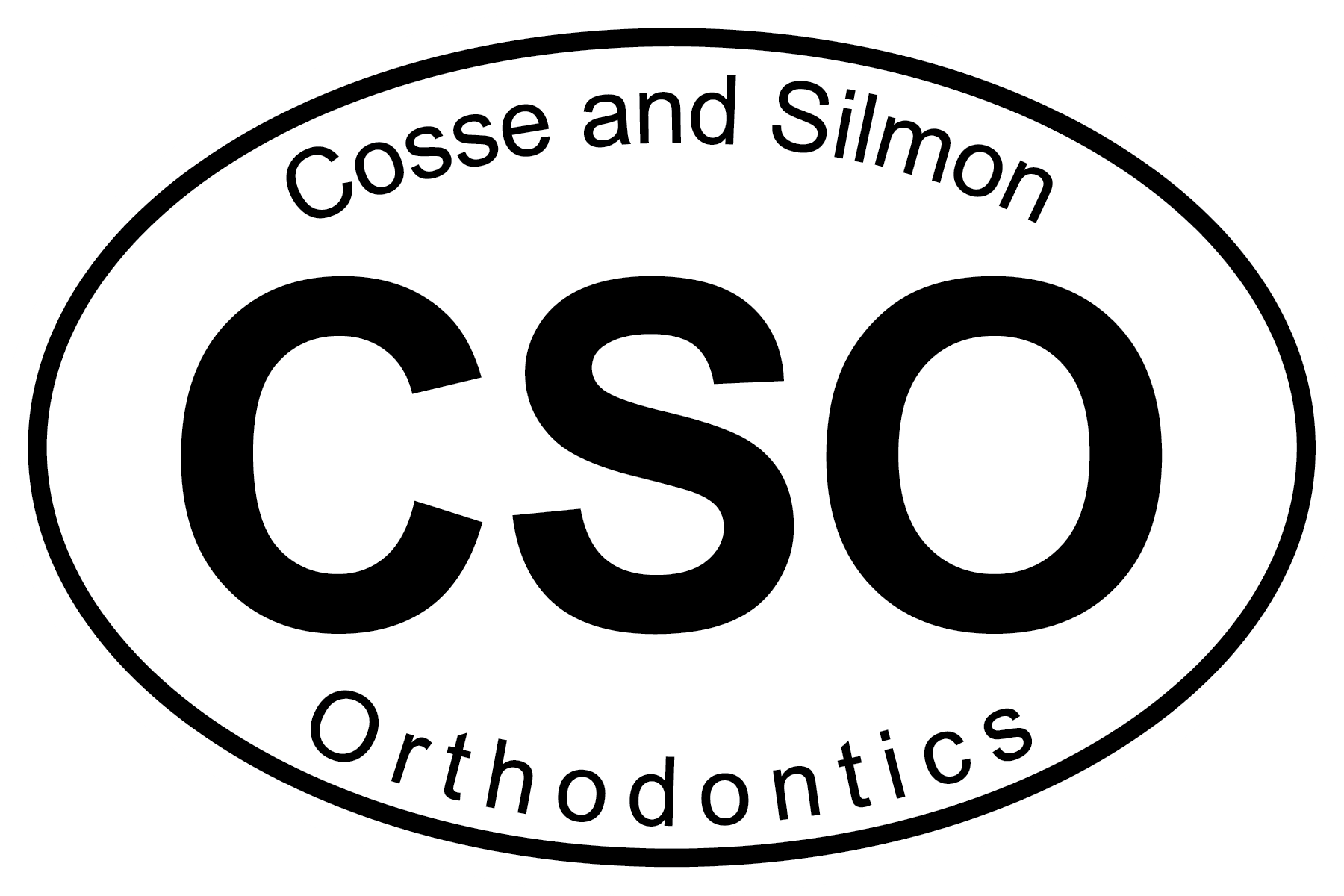COMMON ORTHODONTIC ISSUES
Crowding
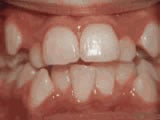 Before
Before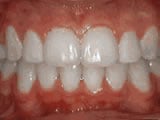 After
AfterCrowding occurs when there is not enough room in the jaw for all teeth to fit properly, causing them to overlap and become crooked. This can lead to difficulty with proper cleaning and an increased risk of tooth decay and gum disease.
Open bite
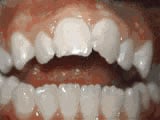 Before
Before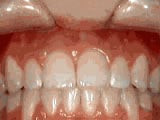 After
AfterAn open bite is a condition in which the upper and lower teeth do not meet when biting down. This can cause chewing and speaking issues and even lead to speech impediments.
Deep overbite
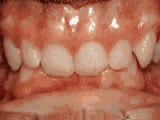 Before
Before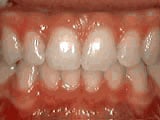 After
AfterA deep overbite occurs when the upper front teeth overlap the lower front teeth too much, causing the lower teeth to be covered by the upper teeth. This can cause issues with proper cleaning and even damage the lower teeth and gums.
Missing lateral incisors
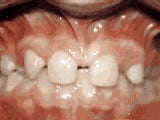 Before
Before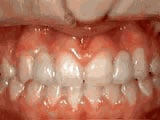 After
AfterMissing lateral incisors are a common genetic condition in which one or both of the upper lateral incisor teeth do not develop. This can cause issues with the appearance of the smile and may also cause problems with chewing and speaking.
Underbite
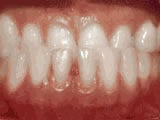 Before
Before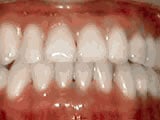 After
AfterAn underbite is a condition in which the lower jaw protrudes forward, causing the lower teeth to overlap the upper teeth. This can cause issues with chewing, speaking, and may also lead to problems with the jaw joint.
Spacing
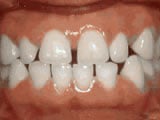 Before
Before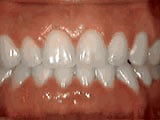 After
AfterSpacing occurs when there are gaps between the teeth, which can be caused by missing teeth, small teeth, or teeth spaced too far apart. This can cause issues with the appearance of the smile and may also make it difficult to clean the teeth properly, leading to an increased risk of tooth decay and gum disease.
Overjet
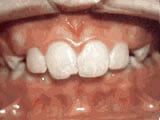 Before
Before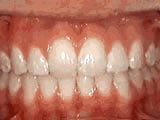 After
AfterAn overjet occurs when the upper teeth protrude forward, causing them to stick out past the lower teeth. This can cause issues with the appearance of the smile and may also increase the risk of injury to the front teeth.
Non-braces treatment
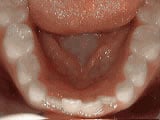 Before
Before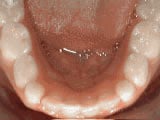 After
AfterNot all orthodontic problems require traditional braces. Non-braces treatment options, such as Clear Aligners or clear aligners, can be used to correct many common orthodontic issues.
Phase One
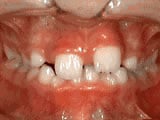 Before
Before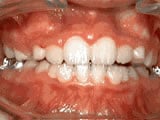 After
AfterPhase One treatment is an early orthodontic treatment used to correct issues with the jaw and bite that may develop in childhood. This treatment is typically done when the child still has some baby teeth and can help to prevent more serious orthodontic problems from developing later on.
